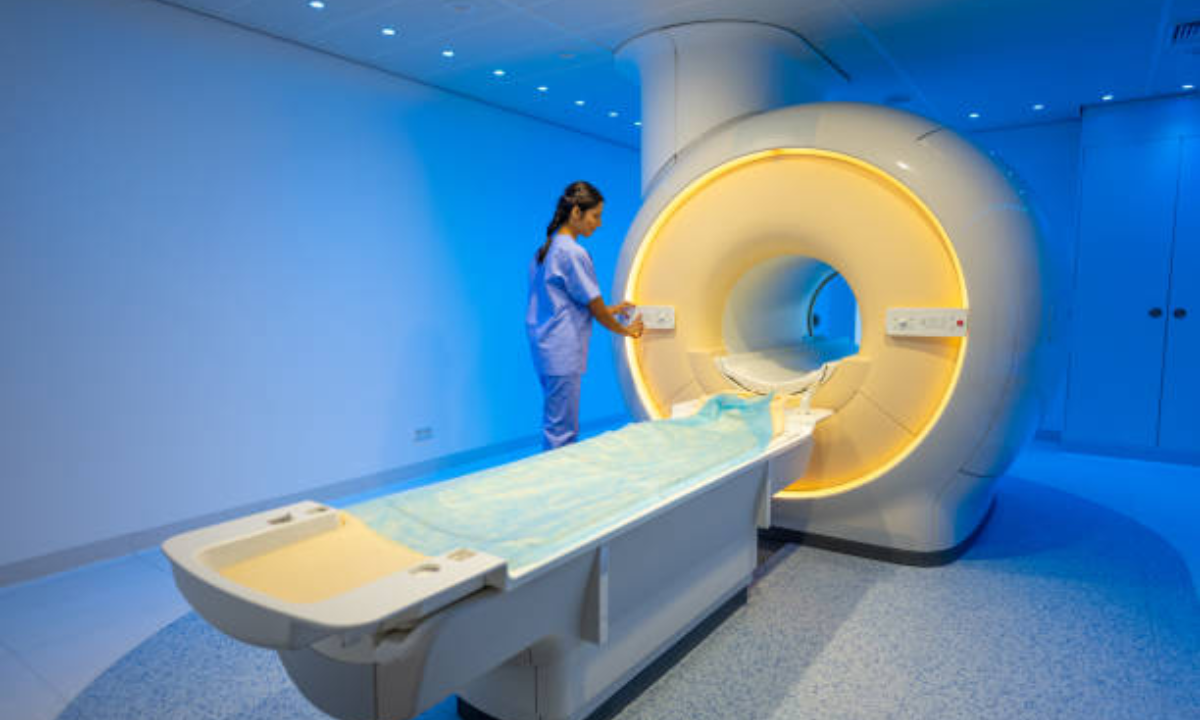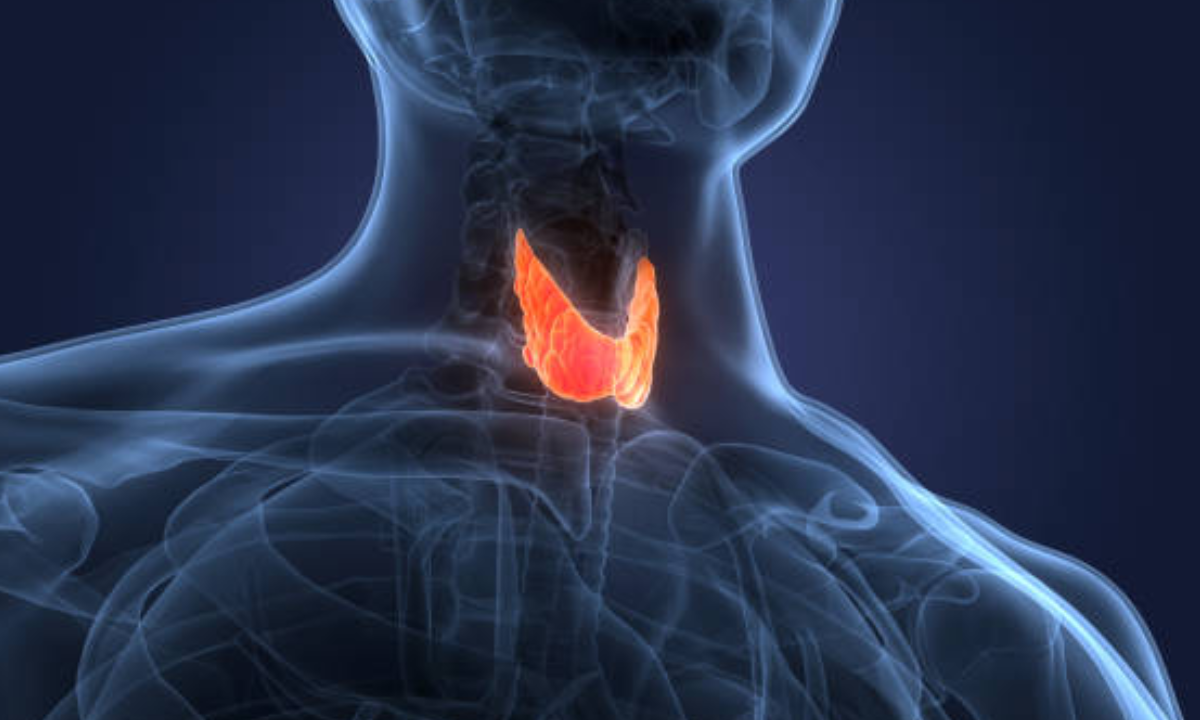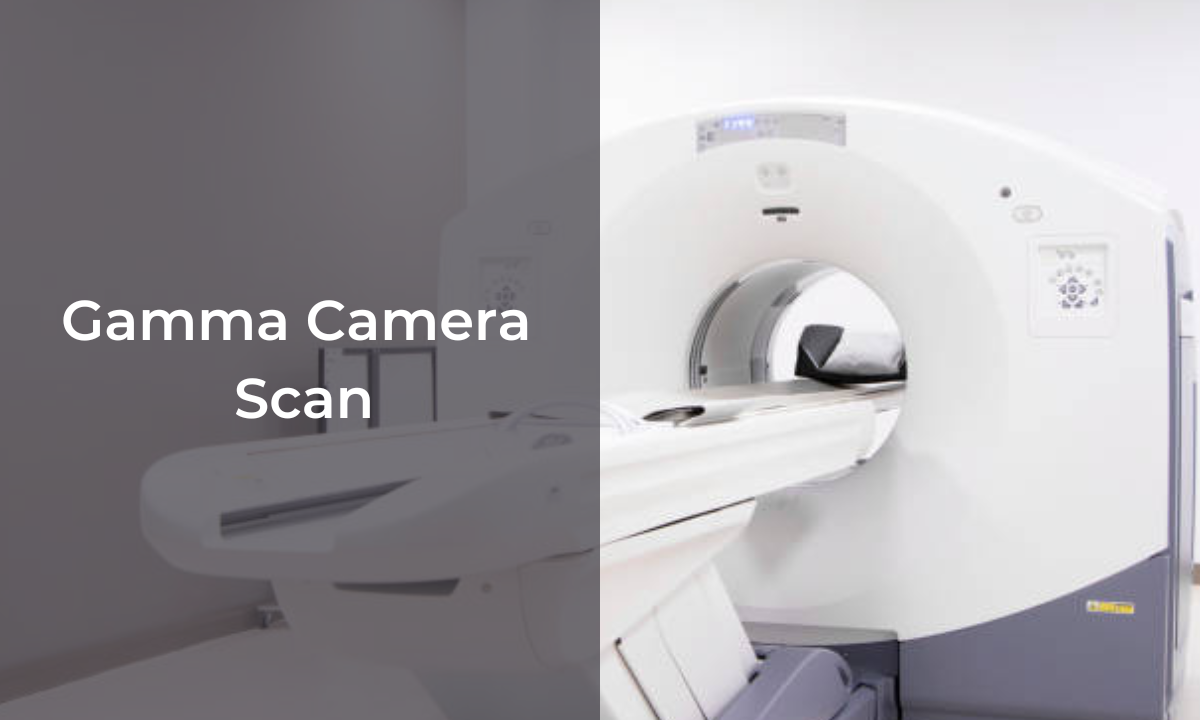What is prostate cancer?
Prostate malignant growth is a kind of disease that creates in the prostate, an organ in the male regenerative framework. The prostate is situated in the pelvic locale, beneath the bladder and before the rectum. It encompasses the urethra, the cylinder that conveys pee from the bladder.
Prostate disease happens when cells in the prostate start to develop wildly, shaping growths. These growths can be noncancerous (harmless) or dangerous (threatening).Harmless growths are not destructive and by and large don’t spread to different pieces of the body. Malignant prostate tumors are cancerous and can spread to other organs if not detected and treated early.
What are the gambling factors for prostate malignant growth?
There are sure gamble factors that might build a man’s possibility creating prostate malignant growth:
- Age – The gamble increments altogether after age 50. Prostate cancer is rare under 40.
- Family history – Men who have a father or brother diagnosed with prostate cancer have twice the risk. Genetic factors play a role.
- Race – African American men have the highest rates of prostate cancer. They are likewise bound to be analyzed at a more youthful age and with further developed illness.
- Diet – Men who eat a lot of red meat or high-fat dairy products have a slightly higher risk. Diets high in certain vegetables may help lower risk.
- Obesity – Being overweight or obese in middle age appears linked to a higher risk.
- Vasectomy – Some research has linked vasectomies to a small increased risk, but the evidence is still inconclusive.
What are the ordinary results of prostate illness?
In the early stages of prostate cancer, there are usually no symptoms because the tumor is still very small and has not spread outside of the prostate. As the cancer grows and spreads, signs and symptoms may appear and can include:
- Frequent or difficult urination
- Weak or interrupted urine flow or the need to strain to empty the bladder fully
- Urgency (the need to urinate right away) or more frequent urination at night
- Blood in the urine or semen
- Pain or burning during urination
- Distress in the lower back, hips or upper thighs
- Erectile dysfunction (impotence)
How is prostate cancer diagnosed?
If symptoms suggest prostate cancer, a doctor will conduct a physical exam and may order the following tests:
- Digital Rectal Exam (DRE) – The doctor inserts a lubricated, gloved finger into the rectum to feel the size, shape, and texture of the prostate gland.
- Prostate-Specific Antigen (PSA) Test – A blood test that measures the level of PSA, a protein made by the prostate. Higher than normal levels can be a sign of cancer, but other conditions can also cause elevated PSA levels.
- Transrectal Ultrasound – A probe is inserted in the rectum to create images of the prostate. Used to determine if there are any abnormal areas that need further evaluation.
- Biopsy – Small samples of suspicious tissue are removed from the prostate using thin, hollow needles. Inspected under a magnifying lens to check for disease cells. A biopsy is the super decisive strategy for diagnosing prostate harmful development.
Now and again, other high level imaging tests might be utilized to help analyze and organize prostate disease. These include:
- PET Scan – Positron emission tomography uses radioactive tracers to identify areas of abnormal tissue in the body. For prostate cancer detection, a tracer called 18F-flurodeoxyglucose (FDG) is used. The PET output can help uncover assuming that the malignant growth has spread past the prostate.
- PSMA Scan– PSMA stands for prostate-specific membrane antigen. Known as a PSMA PET scan, it provides very detailed images that allow doctors to precisely locate where in the body the cancer may have spread.
For recurrent or advanced prostate cancer, a PSMA scan is often more sensitive than conventional imaging or bone scans at detecting small metastases.
While not routinely used for initial diagnosis, PET and PSMA scans serve as useful complementary tests in certain situations like determining if cancer has spread for staging purposes or detecting a recurrence when PSA levels rise after initial treatment.
The sweeps assist with directing administration choices by uncovering the full degree and area of the sickness. Alongside different variables, this data is thought about while picking between treatment choices.
What are the different stages of prostate cancer?
Prostate cancer is staged based on tumor size, location and whether it has spread outside the prostate. The stages range from I to IV, with I being non-invasive and IV being advanced cancer that has spread to other parts of the body. Staging helps determine the appropriate treatment and a man’s prognosis.
What are the treatment decisions for prostate cancer?
Therapy relies upon a few variables including the phase of malignant growth, age, general wellbeing, and inclinations.
Options may include:
- Active Surveillance – For low-risk tumors, this involves regular PSA tests, DREs and biopsies with treatment only if cancer progresses.
- Surgery (Radical Prostatectomy) – Surgical removal of the entire prostate gland and some surrounding tissue. Done for localized tumors.
- Radiation Therapy – High-energy rays or seeds are used to kill cancer cells while limiting harm to nearby healthy tissues. External beam radiation or brachytherapy are common options.
- Hormone Therapy – Also called androgen deprivation therapy. Uses drugs to block the production or effects of male hormones.
What are cryosurgery and high-intensity focused ultrasound for prostate cancer?
- Cryosurgery – Also called cryotherapy. Utilizes incredibly chilly temperatures to freeze and annihilate prostate growths. The cryoprobes are inserted through the skin between the scrotum and rectum into the prostate.
- High-Intensity Focused Ultrasound (HIFU) – Focused ultrasound beams are used to heat and destroy tumors without incisions. Guided by imaging such as MRI, the ultrasound probe is inserted in the rectum and delivers precise energy to tumors to heat and destroy cancer cells.
Both cryosurgery and HIFU are minimally invasive alternatives to surgery and radiation, but are best suited for early stage tumors. Side effects are generally less than surgery. Be that as it may, further exploration is as yet required on their drawn out malignant growth control adequacy contrasted with standard medicines.
What are a few possible results of prostate malignant growth treatment?
While treatment aims to kill cancer cells, side effects can occur since healthy cells are also affected. Side effects vary depending on the treatment method but may include:
- Urinary incontinence (inability to control urine flow) and urgency from radiation therapy or surgery. This usually improves over time.
- Erectile dysfunction and infertility from nerve damage caused by surgery or radiation.
- Fatigue, bowel problems and hot flashes from hormone therapy blocking testosterone.
- Risk of infection, bleeding and bruising after biopsy or surgery.
- Pain, swelling or skin irritation from external beam radiation therapy.
Fortunately, many side effects are temporary or mild. Overseeing secondary effects assumes a significant part in personal satisfaction during and after treatment.
What is the standpoint for men with prostate malignant growth?
Prostate cancer has a good prognosis when detected early before it spreads outside the prostate gland. The 5-year survival rate for local or regional stage prostate cancer is nearly 100%. Even when cancer has spread to distant parts of the body, the 5-year survival rate is still around 30%.
However, survival depends on the stage and grade of cancer at the time of diagnosis. Following treatment guidelines, maintaining a healthy lifestyle and addressing symptoms or side effects can help men live well after a prostate cancer diagnosis. Regular checkups allow for early detection of a recurrence. With progressing research, the viewpoint keeps on getting to the next level.
In conclusion, prostate cancer is a prevalent disease that affects many men as they age. However, when detected early through routine screening like the PSA test and digital rectal exam, prostate cancer has an excellent prognosis and is highly treatable. A variety of effective treatment options exist depending on the stage and grade of the cancer.
While side effects may occur, they are often temporary or manageable. With progressions in finding and therapy, more men are carrying on with long lives after a prostate malignant growth conclusion. Settling on solid way of life decisions and working intimately with specialists permits men to play a functioning job in their consideration. Following screening guidelines and being aware of symptoms can help catch prostate cancer in its earliest and most treatable stages.
Kiranpet Diagnostic Centre is a trusted provider of PET/CT and nuclear medicine services in Bangalore. The center has experienced radiologists and technologists who perform various types of PET scans like FDG PET, PSMA PET CT for cancer detection and monitoring treatment response.






